Spathiphyllum "Cupido": description, sub-grading and care
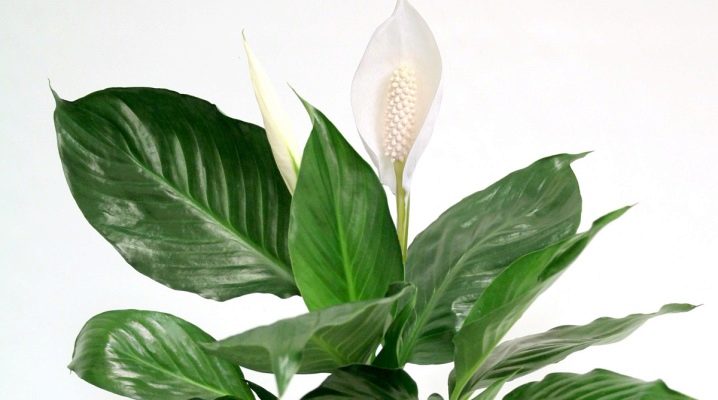
At times, after a hard and hard day at work, you want to come home and sit in silence so that no one interferes. To please your eyes with something unusual and beautiful. Such a masterpiece is the Cupido spathiphyllum. This is a very interesting flower, striking in its sophistication and luxury. However, special care is needed for him, which one, we will tell in this article.
Description
"Cupido" is a perennial plant native to the rainforest. Quite unpretentious, many representatives of this species were able to adjust and adapt to Russian home conditions and habitat.

The plant is very beautiful, the combination of white and green looks harmonious and stands out from other inflorescences and plants.
In addition to natural beauty, Cupido is distinguished by abundant and long flowering. Let's consider some additional features of the flower.
- Leaves of emerald tone.
- The cover of flowers is elongated, snow-white, spathiphyllum blooms at intervals, but very abundantly.
- Flowers on the cob are yellow-white or snow-white.
- The plant is rather short, usually up to 30 cm in length.
- This species was bred for home use. Leaflets are large, shiny, with synchronous veins, rounded.
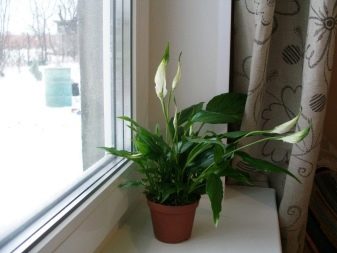
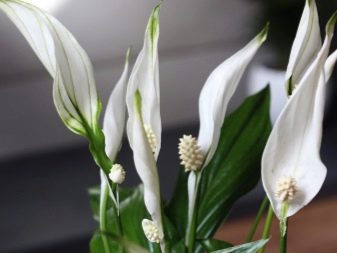
Varieties
Spathiphyllum "Cupido" has several varieties and varieties, let's dwell on them in more detail.
- Chopin. Large-leaved variety, juicy green in color. The dense, veined stems have a pleasant aroma, cream-colored flowers. Not picky about leaving. Stunted, grows up to 35 cm. The main thing is to guarantee him the necessary conditions, and then it is possible to admire him all year round.
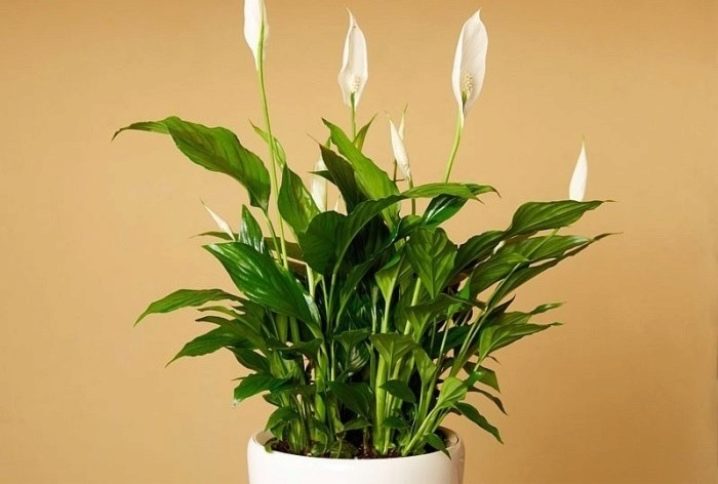
- Wallis. An easy-care flower. Very low, so if you place it in a small room, it will look cozy. The leaves of the flower are wide, large, but the roots, on the contrary, are graceful. Such a spathiphyllum blooms in March, and pleases with its flowering for six months. Loves the sunny side and warmth, but can also be planted in darkened areas.
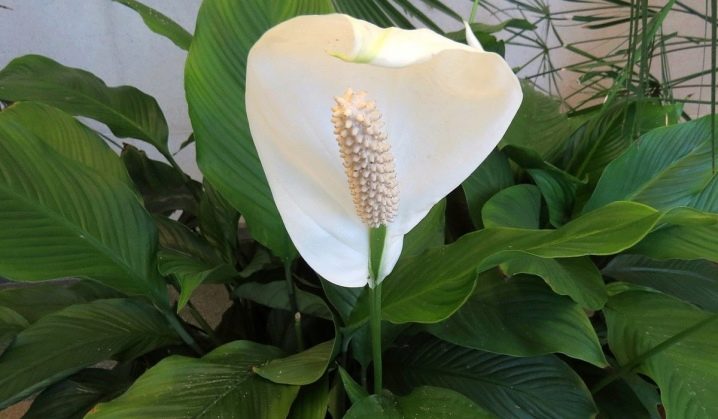
- Cannoli. Another type of plant, similar in shape to the canna leaf. The main advantage of the species is the color of the leaves - emerald green. Snow-white flowers of this type give a pleasant and expressive aroma, leaving no gardener indifferent.
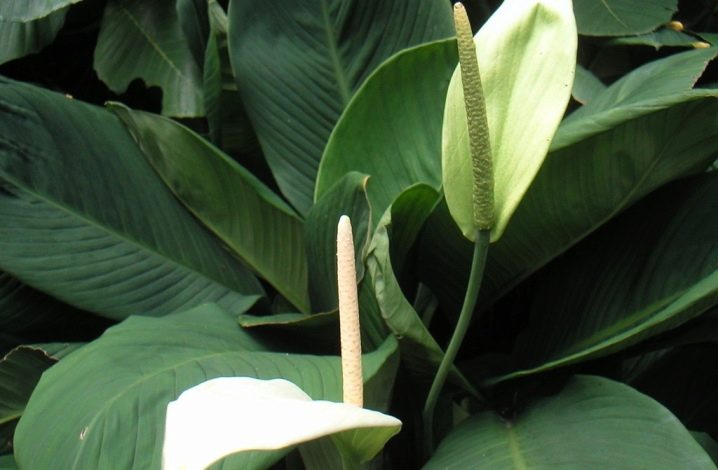
- Heliconiophilous. Quite a large and tall bush, large leaves can reach up to half a meter in length. They themselves are bright green with a glossy surface. The flower, when ripe, turns from white to almost black. Very beautiful view.
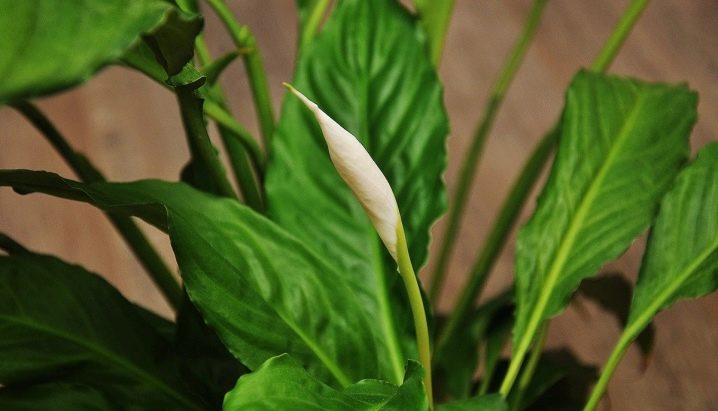
- Dominoes. Interesting color and peculiar inclusions on the leaves are the main features of the variety. The variety is whimsical to the conditions - the bright sun is quite capable of discoloring bright green leaves, so it is better not to leave the plant on the sunny side. It is also forbidden to allow drafts and winds, as this can lead to drying out of the soil.
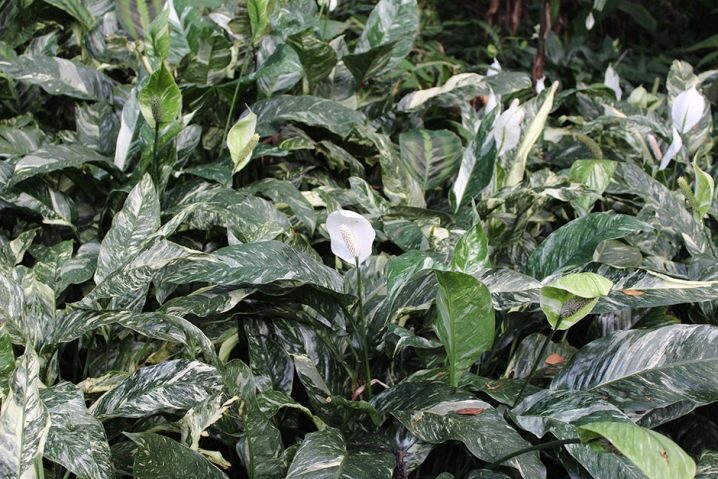
Interestingly, over time, the snow-white buds of the plant become soft emerald.
- Silver. Cleans the air space from various harmful impurities. One of the more popular plants, it even kills mold. He loves moisture, the petals are green, only the tips are white. Not a particularly tall flower.
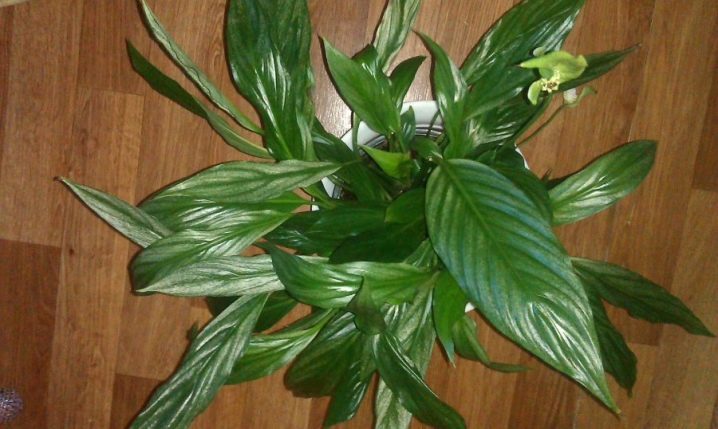
- "Pearl". A very unusual variegated variety with luxurious inflorescences and glossy leaves. Coloring is similar to "Silver", grows well at home, if you choose the appropriate care.
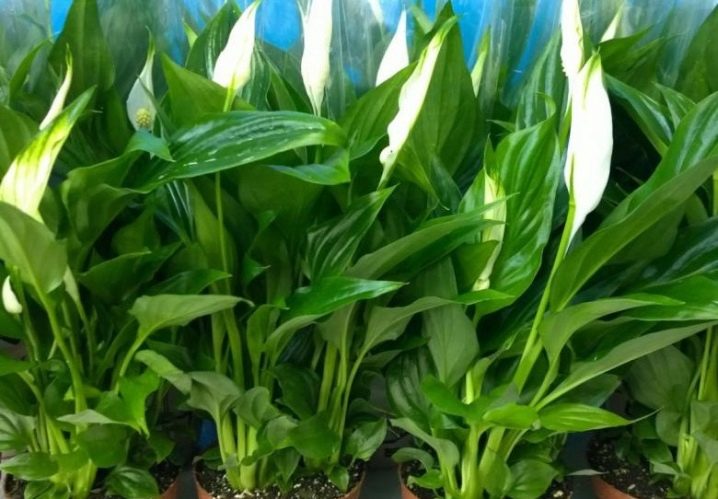
- Very similar to each other Cupido Bingo, Cupido Romeo, Cupido Pronto... These plants also bloom white, have bright green leaves, and love moisture.
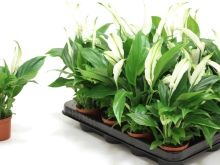

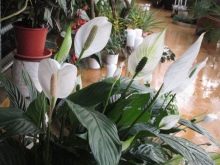
- Picasso. This variety has bright green leaves with large snow-white spots. The flower has the shape of a sail. The people received the name "flower of happiness".
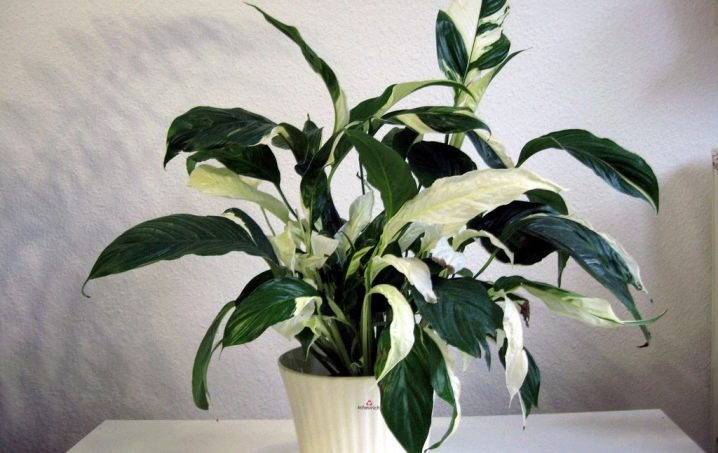
- "Compact". One of the most popular and demanded varieties, as it often blooms. The plant itself looks more like a decorative one. It is rare and not so common. The flowers are white, milky, immediately attract attention, and are simply pleasing to the eye.
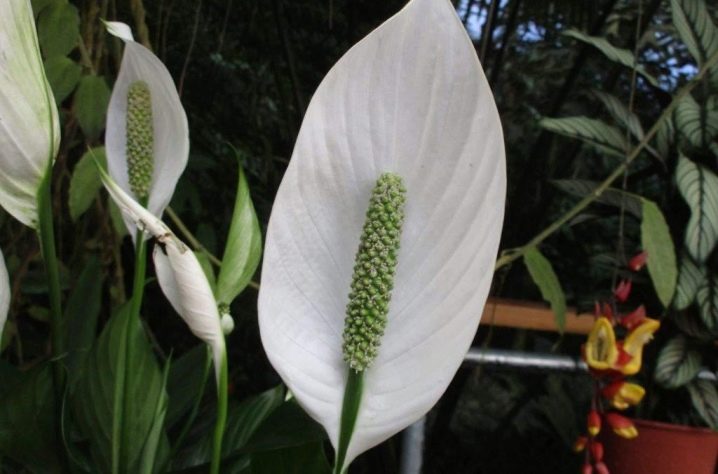
Home care
First of all, for spathiphyllum, it is necessary to choose the right land, and only then focus on other important points, such as watering, feeding, transplanting, loosening. This type of plant loves soil with low acidity. The soil must be loose and soft, and allow water and air to pass through. This product can be purchased at specialized stores. Such mixtures already have all the necessary additives.
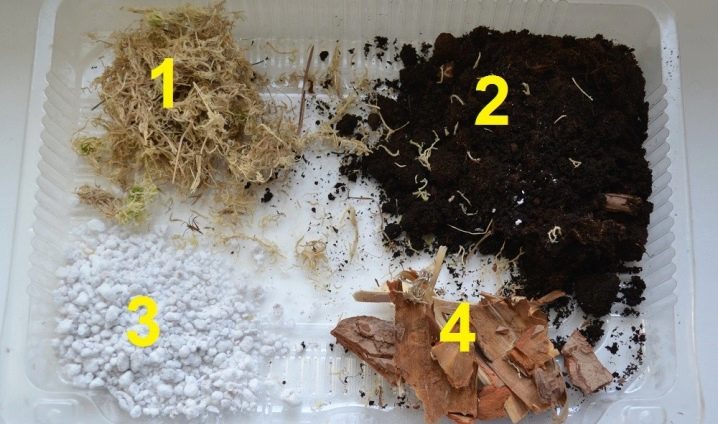
Having purchased the soil, you can start planting. Pour sand and drainage into the pot. Fill half of the container with soil. The plant is lowered and the roots are carefully adjusted. With the help of a shovel, they cover the earth on top of the root system. Water the flower abundantly and cover it with cellophane for five days. The temperature in the room must remain at least +25 degrees.
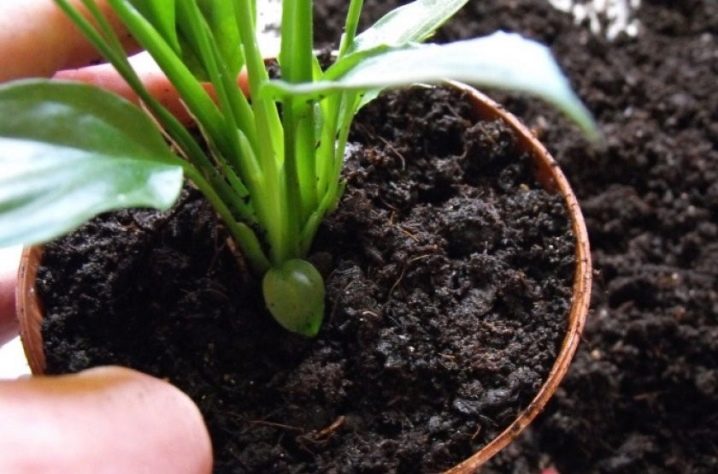
Spathiphyllum is quite moisture resistant, and here it is important not to overdo it with watering. Abundant hydration is necessary only on hot days. In the cold season, the plant is watered less often.
It is impossible for water to accumulate in the pan, this can lead to death.
Fertilizer supply should also be dosed. In winter, the plant is fertilized less, in the summer - every month. You can add top dressing to the water for irrigation or use it when spraying. Fertilizers are purchased at gardening stores, and it is important to observe the dosage indicated on the package.

Diseases and pests
Often, "Cupido" attacks the scabbard and aphids. Washing with soapy water will help protect the flower. At the same time, the soil in the pot is covered with a bag so that no water gets into the soil. A soapy solution to which you can add tobacco will also help with ticks. Then the plant is thoroughly washed with cool water, you can use a shower or a watering can, it is impossible to allow water to enter the soil.
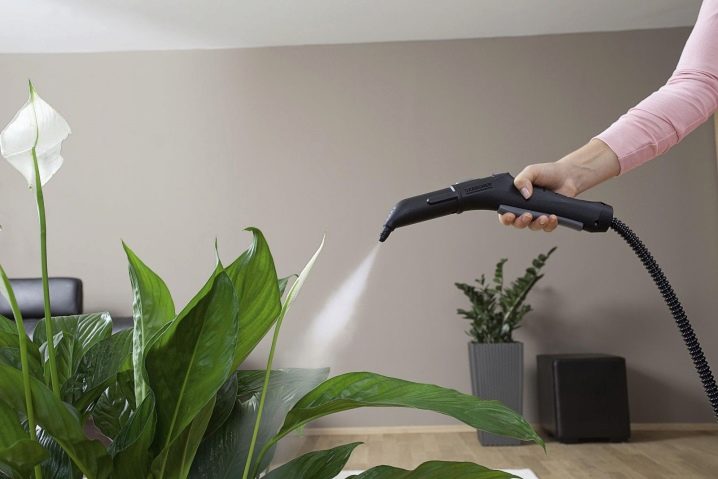
If the pest has proliferated too much, systemic insecticides and acaricides are used.
At high humidity, "Cupido" often gets sick with a fungus. This ailment is treated with fungicides, but if the root system and leaves have practically died, the plant will have to be disposed of. Prevention of fungus will be to maintain air humidity at the required level.
Experts have identified a number of other tips that will help those who grow Cupido at home:
- if the leaves are withered and withered, the plant is actively watered for some time, and a container of water or a humidifier is placed next to it;
- it is necessary to systematically ventilate the rooms in order to prevent lethargy of the leaves;
- If the plant begins to wilt and its leaves turn yellow, try placing the container with the flower on the sunny side.
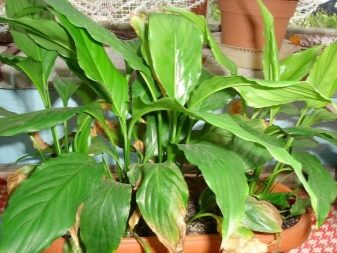
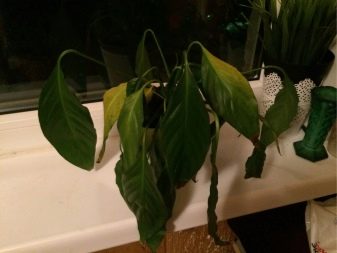
How to care for spathiphyllum, see the video below.



























The comment was sent successfully.